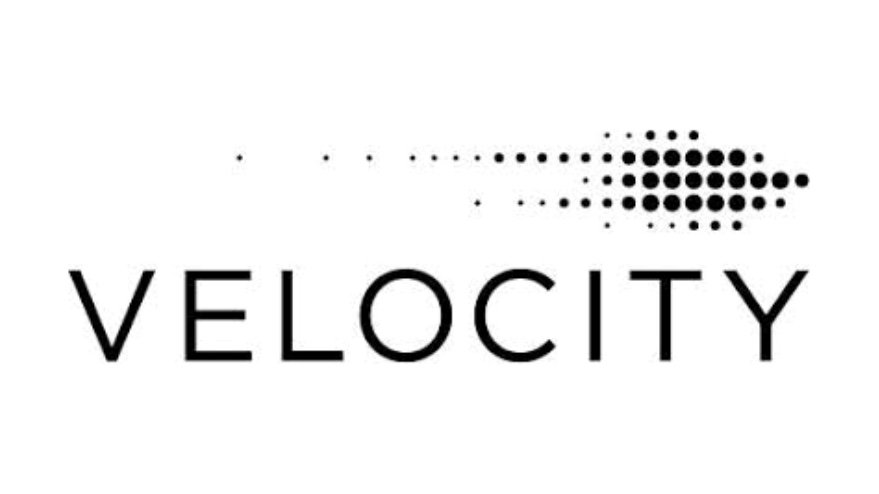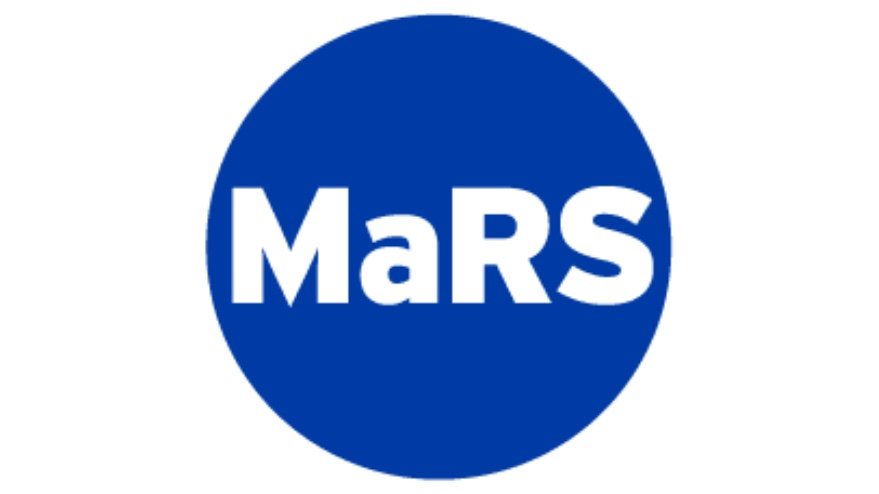Why Does TinyBox Exist?
Foreword from the CEO
In 2018, sitting in Alaska, I realized that I'd have huge regrets if I didn't spend at least a third of my life in places like this. Every major life event — career decisions, relationships, or moments of happiness — seem to trace back to experiences in places like these.
As a kid, I remember how hard we worked just to save $50 a month on rent. I still remember the burning smell of the fire-damaged building we lived in because it was all we could afford. Today, it'd pain me to spend 1/2 million on a city apartment.
So I thought — why not buy 100 tiny houses, scatter them across the country, and share them with 10 friends? We could live rent-free, anywhere we wanted!
It turns out, that existing tiny homes cost $50k-$150k and, even when fully pre-built, still need months of work for permitting, foundations, water, electricity, etc. There isn't an Amazon Prime experience for housing, where you click a button and a house shows up, ready to move in within 48hrs. That is what we're building!
Oliver, TinyBox Co-Founder
OUR STORY
Meet the Team
-

Oliver Zhang
Passionate about housing since he was 9
-

Pooya Saberi
Bioreactor expert who has deployed to the International Space Station
-

Charlie Frise
Built muitiple tinyhouses while studying Architectural Engineering
with help from
























Housing Crisis
1 in 4
Pay more than 50% of their income on housing. That’s before food and taxes.
500,000 homeless
in the US, 1.5M have experienced homelessness last year
But Solvable
$100,000/year
Spent on each homeless person in San Francisco. if 10% was spent on a Tinybox, then they would all at least have a roof!
-
It might seem like an insensitive question to ask, but this is a perfectly reasonable thought that many have. Just because we can afford our house doesn’t mean we don’t have other life problems. Why should we worry about others’ problems when we have our own?
Social unrest
Inequality is growing. We’re not here to debate its morals but we know, from history, that violence and instability are highly correlated with inequality.
Innovation
A lot of the innovation happens in places where rents are expensive. A large chunk of venture capital goes into real-estate, not just that of the employees, but also that of each employees at your local grocery store, restaurant, etc.
How do we prioritize affordability?
We’re not held back by traditions. We started with a blank slate and asked ourselves: “how can we use the least amount of materials and labor to build the safest, most efficient, and most comfortable house?”
Production at Scale
Tinybox is optimized not only for your comfort but also for modern manufacturing, with precision and economies of scale. We save, you save!
R&D: ADVANCED BUT COST-CONSCIOUS
We don’t even try to impress you with fancy tech. We want you to be impressed by the mesmerizing landscape you’ll live in thanks to a go-anywhere and affordable Tinybox.
Zero excess & Multi-purpose
Every square inch serves at least 2 functions
AirBNB-Friendly
Get some of that money back with our turnkey experience.

